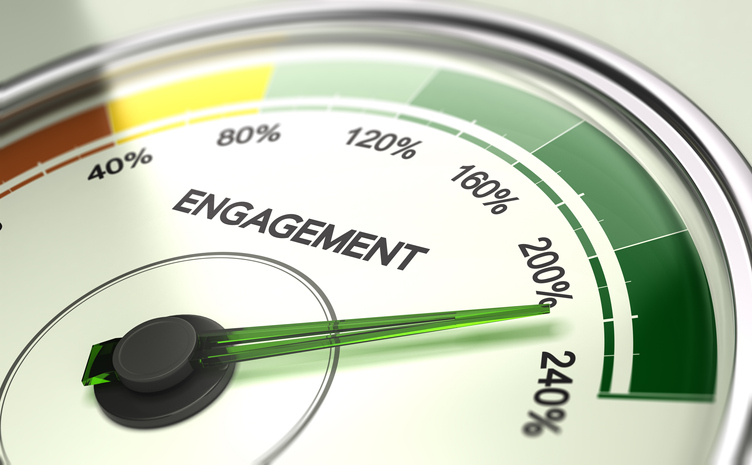It’s possible to have stress reactions to a traumatic event without experiencing the event yourself. Known as secondary or vicarious trauma, this can happen when you provide help and assistance to trauma survivors, listen to the stories of people who have experienced trauma, or view disturbing images of traumatic events.
What is secondary trauma?
Secondary trauma, also known as vicarious trauma or secondary traumatic stress, is the indirect trauma a person can experience when exposed to images or stories of other people’s traumatic experiences. In secondary or vicarious trauma, a person doesn’t directly experience the traumatic event but has a stress reaction from indirect or secondhand exposure.
You might experience secondary trauma as a result of
- Working with victims of violence
- Providing aid and assistance to survivors of a natural disaster
- Helping a friend or family member cope with the effects of trauma
- Viewing crime scene evidence or listening to courtroom testimony
- Watching graphic news reports on television
- Listening to disturbing stories on the radio
The stress reactions experienced in secondary trauma can be as intense and debilitating as those that occur after the direct experience of trauma.
Who might be affected by secondary trauma?
People in the helping professions—such as social work, medical care, mental health counseling, teaching, emergency response, and disaster relief—may be at risk for secondary trauma, as their work can expose them to the stories and effects of traumatic experiences. But they are not the only ones. Lawyers, insurance claim workers, journalists, and news editors can be exposed to disturbing stories and images in their work that can trigger traumatic stress reactions.
Friends, partners, and family members of trauma victims can also be at risk for secondary trauma as they try to help a loved one recover from trauma by listening to their stories and providing empathic support. Children of trauma victims can be affected, too, as they grow up listening to stories of a parent’s traumatic experiences.
In times of widespread disruption and disaster, as in wartime, people who provide volunteer assistance or take those needing help into their homes may also be exposed to troubling stories that can result in secondary trauma.
Signs of Secondary Trauma
The signs of secondary trauma are similar to those seen in people who have experienced trauma directly. These may include
- Physical symptoms, such as
- Exhaustion
- Headaches
- Trouble sleeping (insomnia)
- Loss of appetite
- Recurring illness (reduced immune response)
- Behavioral symptoms, such as
- Increased alcohol or substance use
- Stress eating
- Anger or irritability
- Overwork, absenteeism, or avoidance of certain work or clients
- Problems in personal relationships
- Psychological symptoms, such as
- Recurring thoughts of the other person’s traumatic experience
- Loss of a sense of safety
- Irrational fears
- Excessive wariness and attention to risk (hypervigilance)
- Reduced ability to feel empathy
- Loss of a sense of control or an increased need to control events or other people
- Loss of pleasure in daily activities
Ways to Cope with Secondary Trauma
Pay attention to the signs of traumatic stress.
When you notice the stress effects of secondary trauma, take steps to calm yourself and redirect your thoughts.
Take care of yourself.
- Engage in regular physical activity—walking, running, dance, yoga, or another activity you enjoy.
- Get the sleep and rest you need.
- Calm yourself with mindfulness, meditation, deep breathing, spending time in nature, or another method that works for you.
Connect with others.
Talk about your feelings with people you trust—your partner, close friends or colleagues, or family members.
Engage in a creative activity.
Write, paint, make music, cook, or engage in another creative activity that absorbs your full attention.
Reflect on the value of your work and the support you are providing.
Remind yourself of the value of the help you are providing to other people, and allow yourself to feel pride in your work and the actions that you’re taking.
When to Seek Help
Seek professional help when your efforts at self-calming and the support of friends, family, and colleagues aren’t enough to manage your traumatic stress reactions. Evidence-based treatments such as cognitive behavioral therapy and cognitive processing therapy can help control secondary traumatic stress reactions. Medications used to treat depression and anxiety may also help. Your primary care doctor or your employee support program can help you find a professional therapist with experience in treating stress reactions related to trauma.
Reviewed by Lorene Lacey, Director of Global Crisis Response at Workplace Options, Bachelor of Social Work (BSW), Masters of Education (MSW), and Certified Employee Assistance Professional (CEAP)



































